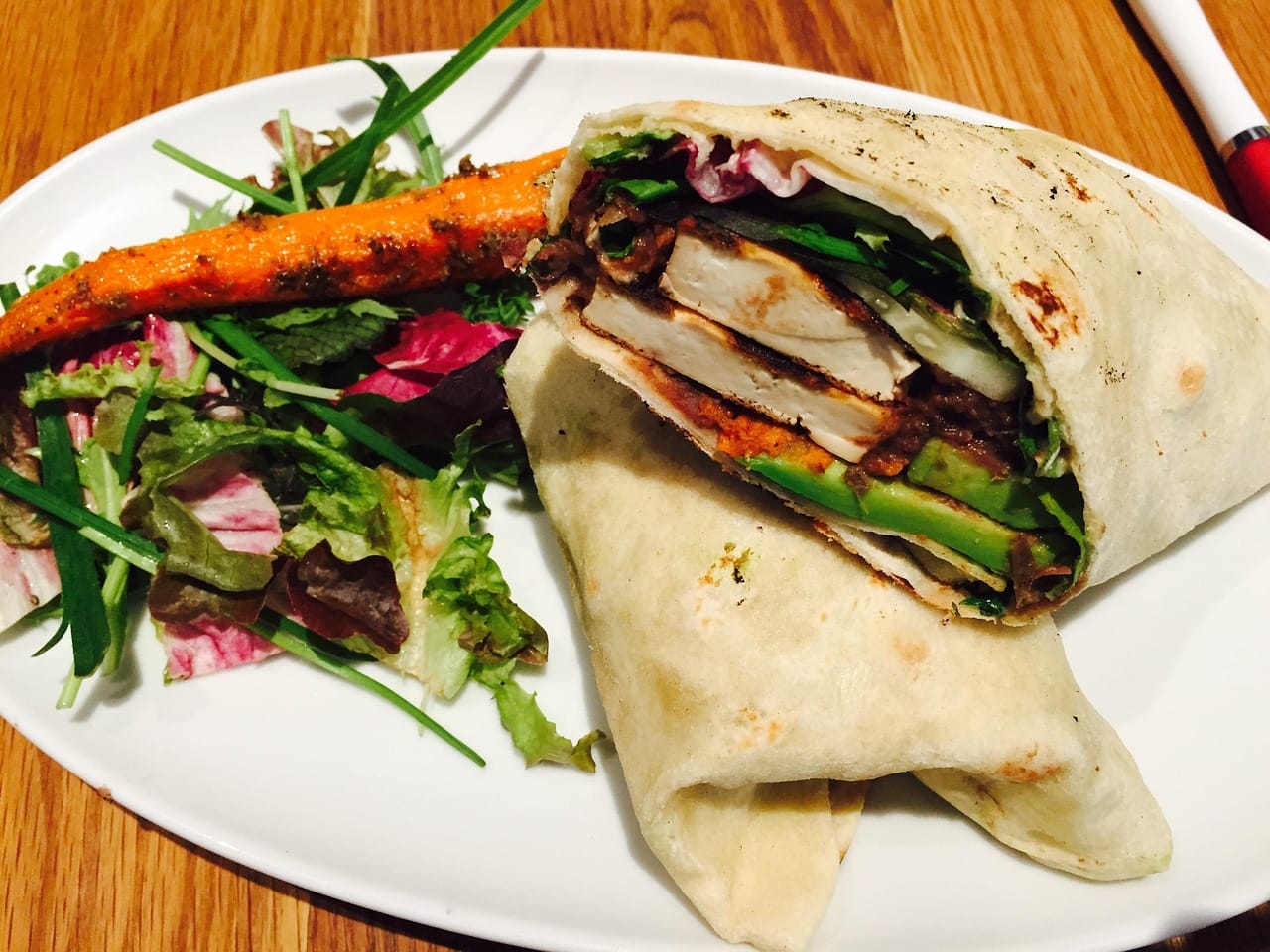Imagine the anticipation as you slide a ramekin of delicate chocolate into a preheated oven. Minutes later, a warm, airy, and intensely chocolatey cloud emerges, defying gravity with its perfectly puffed top. That, my friends, is the magic of a chocolate soufflé – a dessert that’s both impressive and surprisingly approachable, once you understand the fundamentals. This guide will demystify the art of the chocolate soufflé, ensuring you can create a show-stopping dessert that will wow your guests (or just yourself!) every time.
Understanding the Chocolate Soufflé
What is a Chocolate Soufflé?
A chocolate soufflé is a baked egg-based dessert characterized by its light, airy texture and signature puffed appearance. It’s essentially a flavored base (often chocolate, in our case) combined with a meringue, which provides the lift and structure. The soufflé rises because the air trapped within the meringue expands in the heat of the oven. Once removed from the oven, it will gently deflate, so serving promptly is crucial.
Why Soufflés are Perceived as Difficult
Soufflés often get a reputation for being difficult, but with the right techniques and a bit of understanding, they are quite achievable. The key lies in careful preparation, precise measurements, and gentle handling of the ingredients. Common concerns include:
- Failure to rise: Often caused by an unstable meringue, underbaking, or overmixing the base with the meringue.
- Uneven rising: Can result from inconsistent oven temperature or uneven heat distribution.
- Collapsing too quickly: A natural characteristic, but accelerated by drafts, temperature changes, or overbaking.
Benefits of Mastering the Soufflé
Despite their perceived difficulty, mastering the chocolate soufflé offers numerous benefits:
- Impressive Dessert: Soufflés are a guaranteed showstopper, elevating any dinner party or special occasion.
- Delicious Flavor: The intense chocolate flavor and airy texture make for a truly decadent treat.
- Customizable: The base recipe can be adapted with different chocolates, flavorings, and toppings.
- A Rewarding Challenge: Overcoming the challenges of soufflé making is incredibly satisfying.
Essential Ingredients and Equipment
Choosing the Right Chocolate
The quality of your chocolate directly impacts the flavor of your soufflé. Opt for high-quality dark chocolate with a cocoa percentage of at least 60%.
- Example: Valrhona Guanaja 70% offers a rich, complex flavor.
- Considerations: Avoid using chocolate chips, as they contain stabilizers that can affect the soufflé’s texture. Use chopped chocolate or chocolate callets instead.
Key Ingredients
Here’s a breakdown of the essential ingredients:
- Eggs: Separated into yolks and whites. The yolks contribute richness and flavor, while the whites create the meringue. Ensure the eggs are fresh for optimal meringue stability.
- Sugar: Granulated sugar is used for both the base and the meringue.
- Butter: Used to grease the ramekins and add richness to the base.
- Flour (or Cornstarch): A small amount helps stabilize the base and prevent it from becoming too liquid.
- Milk (or Cream): Adds moisture and richness to the base.
- Optional Flavorings: Extracts (vanilla, coffee), liqueurs (Grand Marnier, Frangelico), or spices (cinnamon, cayenne) can enhance the chocolate flavor.
Essential Equipment
Having the right equipment will make the soufflé-making process much easier:
- Ramekins: Straight-sided ramekins (6-8 oz capacity) are ideal for even rising.
- Electric Mixer: Essential for whipping the egg whites into a stable meringue.
- Double Boiler (or Heatproof Bowl and Saucepan): For melting the chocolate gently.
- Whisk: For incorporating the meringue into the base.
- Rubber Spatula: For folding ingredients gently and scraping the bowl.
Step-by-Step Soufflé Recipe
Preparing the Ramekins
Properly preparing the ramekins is crucial for the soufflé to rise evenly.
Making the Chocolate Base
Creating the Meringue
Combining and Baking
Tips and Troubleshooting
Achieving the Perfect Rise
- Stable Meringue: A stable meringue is the foundation of a successful soufflé. Make sure your egg whites are at room temperature and free of any yolk.
- Gentle Folding: Overmixing the meringue will deflate it, resulting in a flat soufflé. Fold gently and deliberately.
- Hot Oven: A consistent oven temperature is crucial for even rising. Use an oven thermometer to ensure accuracy.
Common Problems and Solutions
- Soufflé Didn’t Rise: This could be due to an unstable meringue, undermixing, or a cool oven.
- Soufflé Collapsed Quickly: This is natural, but can be accelerated by drafts or temperature changes. Serve immediately.
- Soufflé is Dense: Likely caused by overmixing or not incorporating enough air into the meringue.
- Soufflé is Underbaked: The center may be too liquid. Bake for a few more minutes, checking frequently.
Variations and Adaptations
- Flavor Variations: Experiment with different chocolates (milk, white), extracts (almond, orange), liqueurs, or spices.
- Toppings: Dust with powdered sugar, cocoa powder, or serve with a scoop of ice cream or crème anglaise.
- Individual vs. Large Soufflé: You can adapt the recipe for a large soufflé dish, but baking time will need to be adjusted accordingly.
Conclusion
The chocolate soufflé, once perceived as a daunting culinary feat, is now within your grasp. By understanding the key principles, carefully following the steps, and practicing a little patience, you can create a dessert that is both impressive and incredibly delicious. Don’t be afraid to experiment with flavors and toppings to create your signature soufflé. So go ahead, embrace the challenge, and enjoy the sweet reward of a perfectly risen chocolate soufflé!




